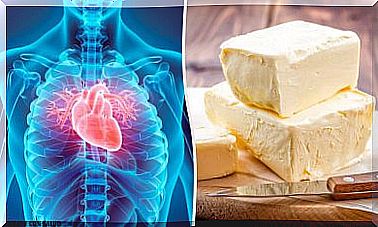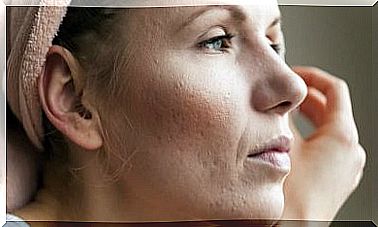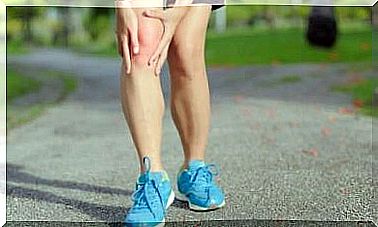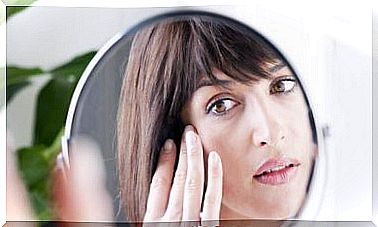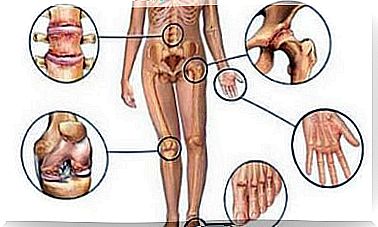Treatment And Tips Against Rosacea
Rosacea is a chronic disease that occurs repeatedly. Hence, it is necessary to know how best to control the signs and symptoms.
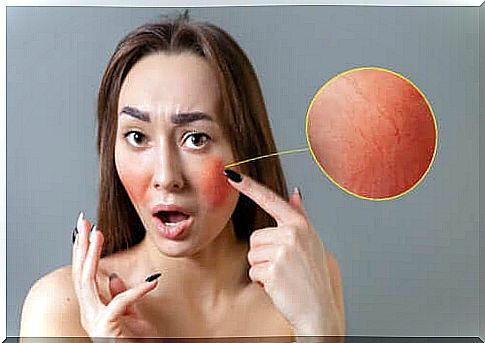
Rosacea is a chronic disease characterized by reddening of the skin and small swollen pustules, usually on the cheeks and central area of the face.
So far, the cause of this disease is unknown. However, some risk factors for their development could be identified. Although there is no cure for rosacea , it can still be treated.
Sometimes this disease can be mistaken for acne and other skin problems. Therefore, only a doctor can make a definite diagnosis after examining the skin.
Rosacea mostly affects people with fair complexions and particularly women between the ages of 30 and 50. In addition, it has been observed that people of Irish or Northern European descent are more likely to get it. However, people with darker skin can also suffer from rosacea.
In today’s article you will learn how rosacea can be treated and whether there are other options besides drug therapy.
Clinical manifestations of rosacea

Although rosacea usually affects the skin on the face, it can affect the ears, scalp, neck, and chest as well. Usually it appears in the form of pink or reddish spots.
Other symptoms of rosacea include:
- Burning sensation on the skin.
- Itching.
- Redness of the eyes
- Semi-permanent erythema.
- Red bulbous nose (rhinophyma).
- Dilatation of the superficial blood vessels (couperose).
- Small reddened circular pimples and pustules.
Possible causes
Although the specific cause of rosacea is unknown, it has been shown not to occur as a result of poor hygiene.
Experts believe that this condition is due to a number of hereditary and environmental factors.
- Sunlight.
- Genetic factors.
- Smoke
- Alcoholism.
- Hot baths.
- Spicy food.
- Alcohol consumption.
- Temperature changes.
- Certain cosmetic products.
- Stress and emotional tension.
- Some medications such as amiodarone and corticosteroids, which are inhaled through the nose, could also help.
Types of rosacea
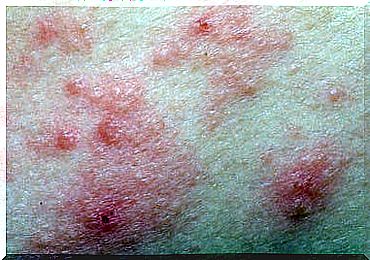
- Erythematous Telangiectatic Rosacea: While the name doesn’t really matter, the symptoms are very relevant. The skin is permanently red and the blood vessels are clearly visible. In addition, itching or burning occurs.
- Papulopostular Rosacea: The skin is permanently reddish in color and pimples and pustules appear, which can persist for up to 4 days. These pimples must not be confused with acne!
- Phimatic Rosacea: Is manifested by reddening of the skin. In addition, there are thickened skin surfaces in various places. Often these are on the nose.
- Ocular rosacea : In this case, redness and pimples appear around the eyes or in the eyes. Superficial blood vessels become visible, the eyes are always dry, and the eyelids are irritated and reddened. Itching and burning can be very uncomfortable.
Rosacea treatment and recommendations
The main goal of treatment is to control each patient’s symptoms. In general, it is recommended that you use a range of skin care products and take some medications.
Thus, the treatment consists of several measures. First and foremost, doctors recommend avoiding possible triggers of rosacea , such as sudden changes in temperature, exposure to the sun, consumption of alcoholic beverages, and tobacco.
Then drug treatment is planned based on the type of symptoms and their intensity. As a result, not all patients with rosacea are given the same medication.
In some cases, topical medications to control redness are prescribed along with oral antibiotics ; in other cases, oral acne medications may be prescribed in addition to these.
According to Mayo Clinic experts, topical medications prescribed include: “Azelaic acid (Azelex, Finacea), metronidazole (Metrogel, Noritate, and others), and ivermectin (Soolantra)”.
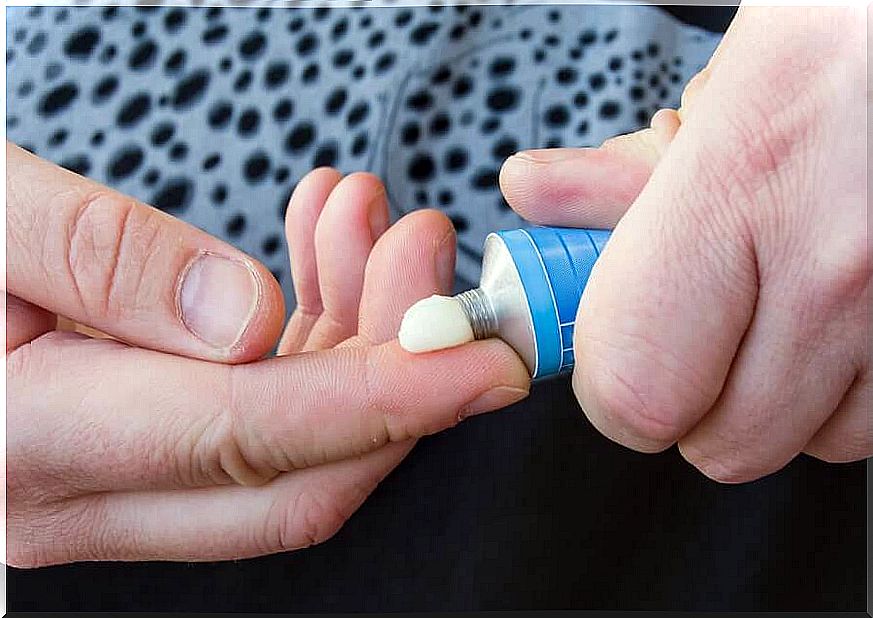
recommendations
- Get at least 7 hours of sleep a day.
- Refrain from consuming tobacco.
- You should only take the medication that your doctor has prescribed for you.
- If you go out in the sun, you should definitely protect yourself from the UV rays with a suitable sunscreen.
- You should also use sunscreen on cloudy days.
- Use gentle personal care products and cosmetics, without perfumes, alcohol or other irritants.
- Eat a balanced diet rich in vegetables and fruits.
- Hydrate yourself with plenty of water throughout the day and drink whenever you feel thirsty.
- Exercise daily and exercise regularly. In this way, you promote blood circulation and oxygen supply to your skin.
- Avoid alcoholic, sugary, high-energy and irritating drinks.
- In addition, you should learn techniques to properly deal with stress and emotional tension.
- Avoid bathing and showering with water that is too hot and always dry yourself with a soft towel.
- Also, you should never use natural remedies without discussing it with your doctor first.
Final thoughts
Rosacea is a disease that needs to be properly managed so that symptoms do not get worse and cause more discomfort. It is therefore important to follow your doctor’s instructions and maintain good lifestyle habits at all times. Also, if in doubt, you should always consult your doctor before making any changes to your routine.
